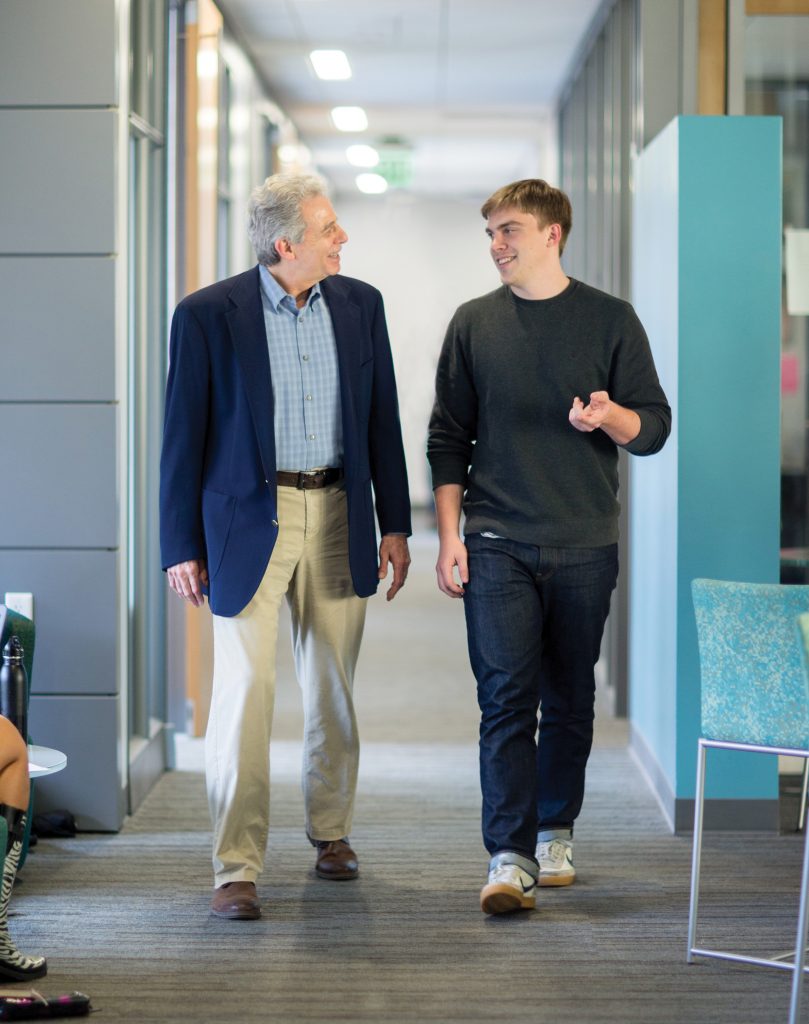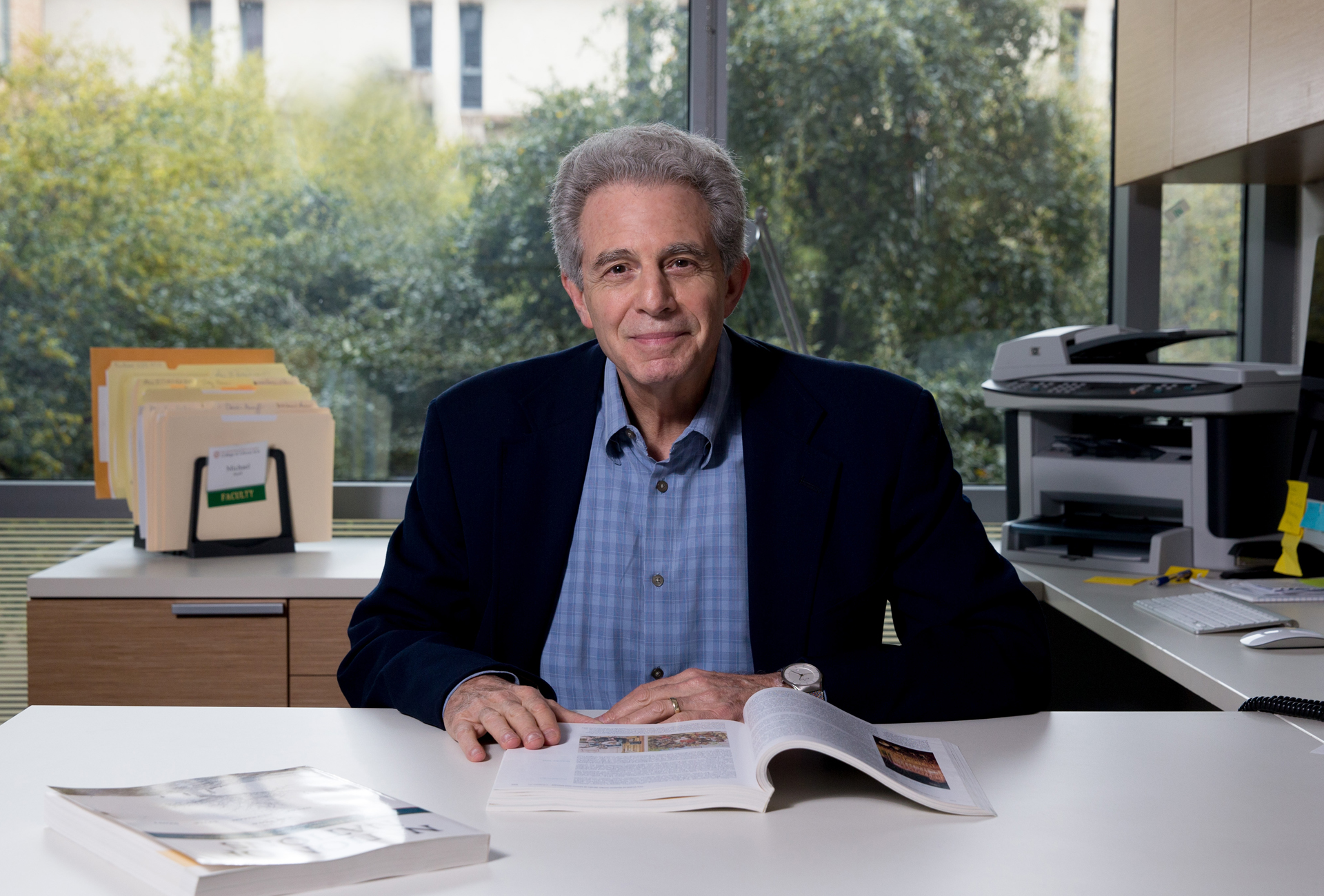Michael Stoff was raised in Merrick, New York, and was the first in his family to graduate from college. He received a bachelor’s in history and American studies from Rutgers College, and a master’s of philosophy in history and doctorate of philosophy in history from Yale University. He has taught at UT Austin for 36 years and has served as the director of Plan II for a decade.
How does Plan II distinguish itself as an elite program?
We believe Plan II provides a “Renaissance education for the 21st century.” Our curriculum grounds students in the humanities, social sciences, natural sciences and mathematics. We stress lucid writing, thorough research and analytical thinking. Unlike many other honors programs, Plan II is a degree plan and a full-blown major. One of our students described it as the “Swiss Army knife” of education. His point was that Plan II had equipped him to do anything. We like to say, amending the words of our founder, Dean H. T. Parlin, that we provide an education for a life, not just a living.
What sets Plan II students apart?
That’s easy — endless intellectual curiosity. It’s what we look for in an applicant, and fortunately it’s what we get. We then help students to turn that curiosity into the hallmark of a Plan II education: a commitment to lifelong learning.
What’s the most rewarding thing about teaching?
I’d say the most rewarding thing has been helping students understand what it means to be a human being and how education can make them a better one. As a professor, I use the lens of history to show them where they come from so they can discover where they’re going.

What have been your biggest challenges?
I’d list our greatest challenge as recruiting gifted but economically disadvantaged students, particularly from small towns, as well as gifted students of color. They often have more than a few options for college with scholarships that drive down costs even below the bargain price offered at UT.
A second challenge has been recruiting new faculty to teach in Plan II. We have no dedicated faculty lines and therefore must rely on the volunteerism of departments and colleges to staff our courses. As the demands on professors’ time increases, it becomes harder to find volunteers who can be released to teach in Plan II, no matter how much they may want to.
What about your biggest accomplishments?
Three come to mind: the two first-time-ever Plan II study-abroad courses, one in Rome and another in Costa Rica. They’ve allowed Plan II to establish a global presence.
On the local front, I’d point to our eight-year partnership with the KIPP Schools of Austin. They are one of a national network of college-prep charter schools for students from low-income families with no history of college education. We provide 15-20 mentors a year, all of whom take a service-learning course on education as part of the program.
Finally, we have just funded the first Plan II Professorship (the Elizabeth Gleeson Professorship in Plan II Physics) to address faculty recruitment. We have a commitment for a second professorship (the Stuart Stedman Professorship in Mathematics) and plans to seek endowments for three more, one each in biology, the humanities and the social sciences. Through them, we hope to secure the future of Plan II by funding our core requirements.
What are your hopes for the Plan II program as it heads toward its 100th anniversary?
After a decade as director, I hope that Plan II retains the intellectual and academic nimbleness that has allowed it to remain at the very top of undergraduate honors programs for more than 80 years. I have no doubt that given the proper support Plan II will continue to thrive, blending the classical with the contemporary and attracting the best students in Texas and the country.
